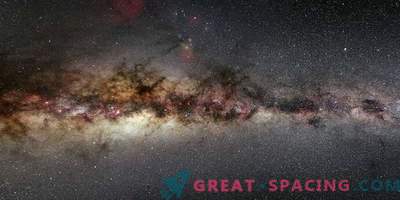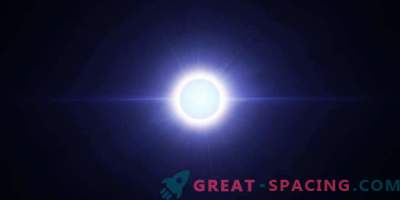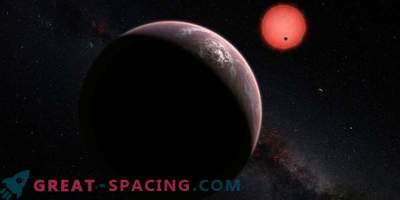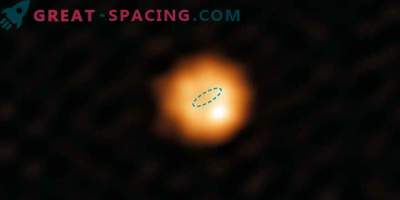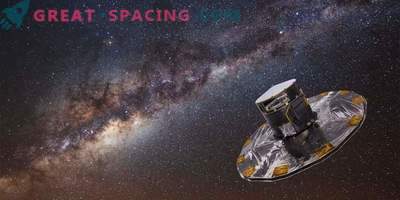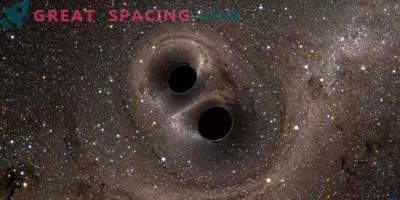
Star HD 179821
The new study shows that the star of the post-asymptotic branch of the giants (post-AGB) HD 179821 turned out to be significantly less massive than previously thought. The data from the Gaia satellite showed that before us is not a supergiant, but a representative of the solar mass.
HD 179821 found about a century ago. Lives on the territory of the Eagle constellation and is surrounded by a dust shell. This was supposed to be a supergiant of post-AGB spectral type G5 Ia. Despite several spectroscopic observations, the exact distance to the star remains the subject of controversy and discussion.
Some believe that the star is removed by 19,500 light years, while others shorten it to 12,700 light years. Due to discrepancies in estimates, it is difficult to determine the mass and evolutionary status. However, these uncertainties will help to say goodbye to the second release of Gaia data (DR2). It is all about the presence of high-precision parallaxes and correct movements of more than 1.3 billion celestial sources. A team of researchers used DR2 information to determine the parallax HD 179821, which allowed us to derive new calculations for the distance. The recalculation led to a distance of 9,600 light years. We also realized that HD 179821 is 850 light years below the galactic plane.
Additional information on the observed magnitude and spectral type helped to derive the absolute value (-5.7) and the bolometric luminosity (4.3). This information excludes the possibility that HD 179821 acts as a supergiant with a massiveness of 19-30 solar. The current figures suggest that we have a representative post-AGB with 0.8 solar massiveness, radial velocity - 81.8 km / s and effective temperature - 5660 K.

